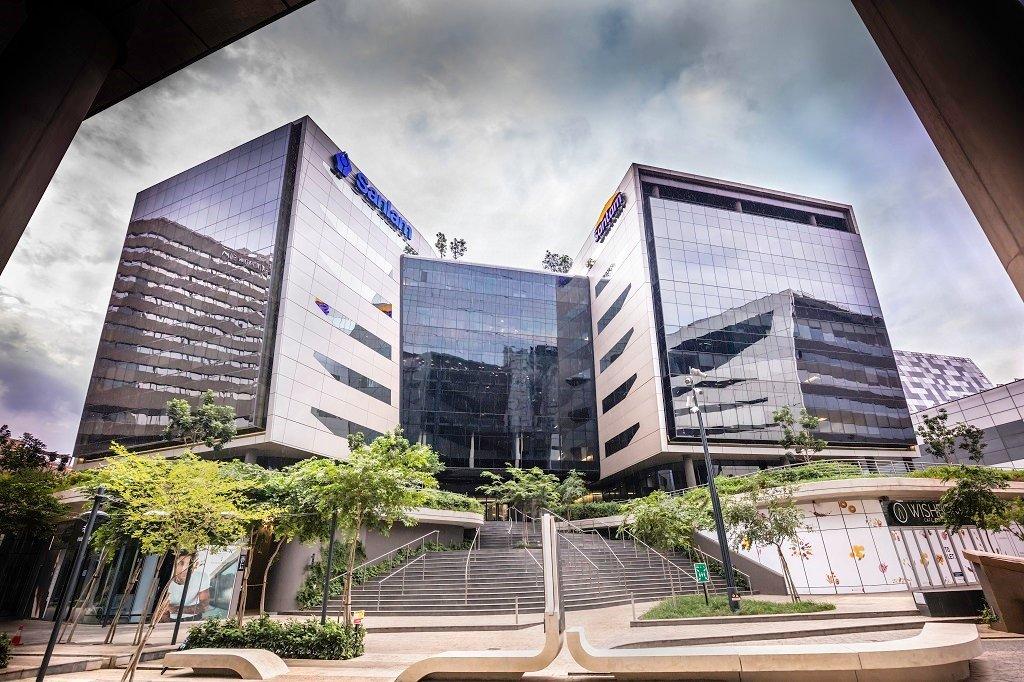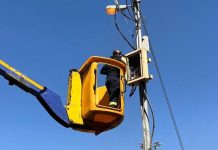Africa-Press – South-Africa. Santam’s misfortunes, from the catastrophic flooding in KwaZulu-Natal to several fire-related events in the first quarter, have spilt over to the financial performance of its parent company, Sanlam.
Sanlam, which held its annual general meeting (AGM) on Wednesday, released an operational update for the four months that ended on 30 April. The insurer said its operations remain robust as it recorded much lower Covid-19 excess death claims, while its new business volumes grew in both life and general insurance businesses. But its net result from financial services still decreased by 7%.
The Bellville-based insurer attributed this decline largely to the catastrophic insurance events that hit Santam, as well as some market volatility that affected the group’s credit spread earnings and lower returns from Sanlam Emerging Market’s general insurance business.
“If one smooths the impact of the one-off items, net result from financial services would be 8% higher [because] our new business volumes remained robust,” said Sanlam’s financial director, Abigail Mukhuba during the AGM.
Santam recently reported that its gross exposure to the KZN floods was R3.2 billion. But its net impact will be approximately R500 million as its reinsurers will foot most of the bill. However, this was only for the April floods, and it has not calculated its exposure for the subsequent flooding in May.
Recent KZN floods are ‘by far’ the largest natural catastrophe in Santam’s history
Growth in new business growth, but not as profitable as 2021
Sanlam’s life insurance new business volumes increased by 8%. Its general insurance new business volumes increased by 4%, with the former Saham Finances operations, now called Sanlam Pan Africa General Insurance, growing its volumes by 10% in constant currency.
It is only the investments business that recorded a decline in new business volumes of 8%. But Sanlam says this came off a high base in 2021.
But while new business volumes grew, the value of new business (VNB) was down by 16% (or 8% on a constant economic basis). This pushed Sanlam’s net VNB margin to 2.34%, a decline from the 2.82% in 2021.
The insurer’s biggest business unit in SA, Sanlam Life and Savings had the biggest drag as its VNB was down 22%. Sanlam said VNB in the Retail Affluent and Sanlam Corporate also decreased due to the sale of more lower-margin products.
But the business that primarily sells funeral cover to low-income groups grew its VNB by 12%. It was the same for Sanlam Emerging Markets, which grew its VNB by 12%.
As interest rates and inflation rise, putting more households under financial strain, Sanlam expects that growth in new business might be muted for the remainder of 2022.
But the insurer has increased its liquidity buffers to cushion it against hard times if they materialise. It said it believes that it is prudent to maintain a higher-than-usual level of discretionary capital, especially because there is still a risk of Covid-19 mortalities So, Sanlam increased its discretionary capital from R2.9 billion on 31 December 2021, to R6.5 billion on 30 April 2022.
“Our overall capital strength, diversified portfolio and track record of execution remain key differentiators and we remain well-positioned, despite the difficult operating environment that is likely to persist for the remainder of 2022,” said Sanlam CEO Paul Hanratty.
For More News And Analysis About South-Africa Follow Africa-Press






